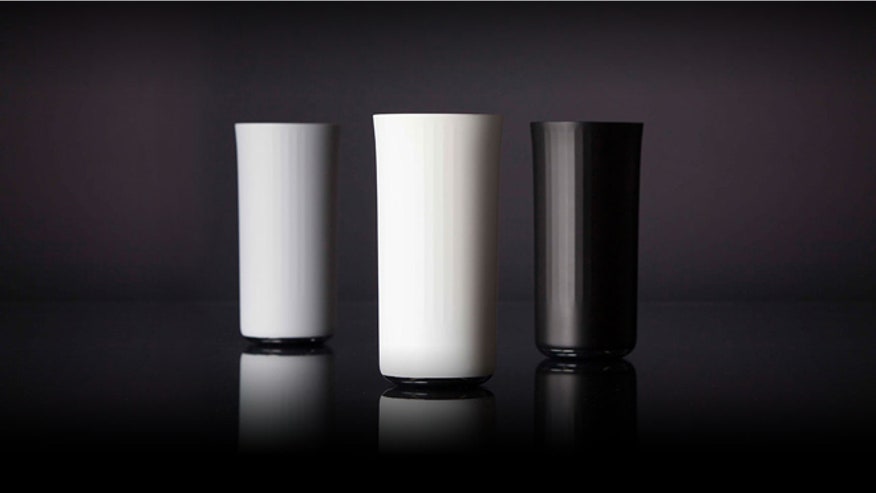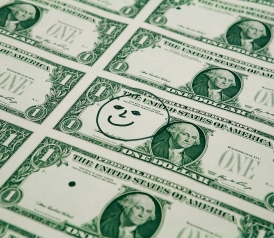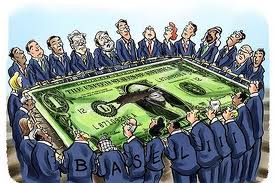Alaska bear falls through skylight into party, eats all the cupcakes -

A young bear fell through an Alaska couple's skylight while they were preparing to celebrate their child's birthday, sending the humans scurrying out the room while he feasted on cupcakes.
A wildlife management co-ordinator said on Wednesday the bear that fell through the skylight of the couple's home in Juneau is believed to have been a juvenile male weighing about 82 kilograms.
"There probably isn't a neighbourhood or place where we have homes where the potential isn't there for you to run into a bear or observe a bear," said Ryan Scott of the Alaska Department of Fish and Game. "There is really no place where the potential isn't there."
The couple's home sits along a mountainside that overlooks downtown Juneau, and Scott said those types of neighbourhoods closer to trees see more bears. "Bears are extremely curious and will stake out any source of food they can find," he said.
The home owners, Alicia Bishop and Glenn Merrill, told the Juneau Empire the bear landed in their living room.
"I was literally in the room, and I heard this cracking," Merrill told the paper, describing the sound of the skylight's plexiglass creaking under the bear. "And the next thing you know, there's this bear that, I mean, literally, fell right from (the skylight). It was like one metre away from me."
Merrill told the paper he fled into an adjoining room and closed the door behind him, and Bishop said the animal feasted on her infant son's birthday cupcakes.
Bishop told the paper that she opened a door from the living room that led to the backyard and that the couple yelled at the animal until it casually walked out of their residence.
Read more -

A young bear fell through an Alaska couple's skylight while they were preparing to celebrate their child's birthday, sending the humans scurrying out the room while he feasted on cupcakes.
A wildlife management co-ordinator said on Wednesday the bear that fell through the skylight of the couple's home in Juneau is believed to have been a juvenile male weighing about 82 kilograms.
"There probably isn't a neighbourhood or place where we have homes where the potential isn't there for you to run into a bear or observe a bear," said Ryan Scott of the Alaska Department of Fish and Game. "There is really no place where the potential isn't there."
The couple's home sits along a mountainside that overlooks downtown Juneau, and Scott said those types of neighbourhoods closer to trees see more bears. "Bears are extremely curious and will stake out any source of food they can find," he said.
The home owners, Alicia Bishop and Glenn Merrill, told the Juneau Empire the bear landed in their living room.
"I was literally in the room, and I heard this cracking," Merrill told the paper, describing the sound of the skylight's plexiglass creaking under the bear. "And the next thing you know, there's this bear that, I mean, literally, fell right from (the skylight). It was like one metre away from me."
Merrill told the paper he fled into an adjoining room and closed the door behind him, and Bishop said the animal feasted on her infant son's birthday cupcakes.
Bishop told the paper that she opened a door from the living room that led to the backyard and that the couple yelled at the animal until it casually walked out of their residence.
Read more -
http://www.cbc.ca/news/world/alaska-bear-falls-through-skylight-into-party-eats-all-the-cupcakes-1.2688030


















